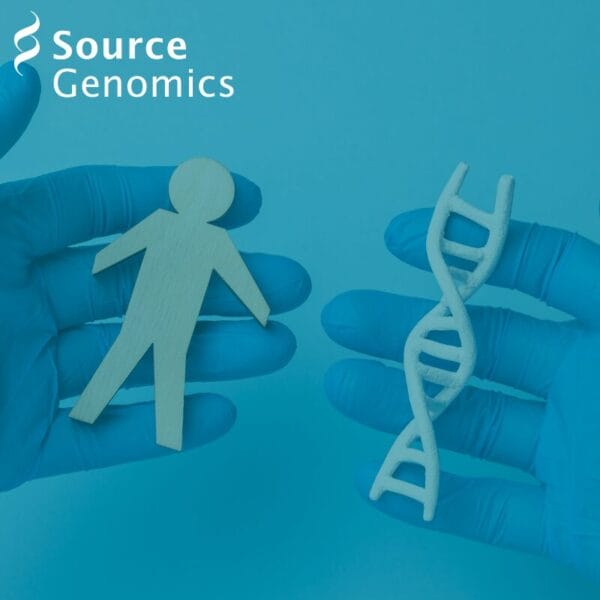Understanding the Health Economics of Digital Pathology
It will come as no great surprise that pathology services in the NHS are under enormous pressure. That is perhaps putting it mildly, maybe operational emergency would be more appropriate.
Pathology services form the backbone of the healthcare system, being involved in most patient interactions from primary diagnosis through to targeted treatment therapies. No other service plays such a crucial role throughout and beyond our lives – from before birth to after death.
The level of demand is extraordinary; the NHS hospitals pathology test volumes had a compound annual growth rate of 2.4% between 2012-2021. However, a national shortage of pathologists is putting further strain on a workforce struggling to keep up, never mind clearing the backlog that accumulated during the COVID-19 pandemic or preparing for growing future needs.
Six-week waits for diagnostics in pathology have risen by 17 per cent annually since 2010. These delays are felt heavily by patients, worsening treatment outcomes and quality of life.
This problem will not go away on its own. The increasing emphasis on diagnostic testing will continue to drive the demand for services, so the system must adapt.
The promise of digital pathology
Digitising pathology services is key to the resolution of this crisis. Operating in a digital environment offers the potential to increase the efficiency in acquiring, managing, sharing and interpreting pathology information.
Digitisation adds value to pathology practice in the laboratory and its workforce. It improves laboratory workflows, particularly in making slides instantaneously transmissible, decreasing the risk of logistical errors, improving case-loading and workload management. The increased opportunities for remote collaboration allow easier sharing for research, improved case load balancing between departments and greater flexibility for pathologists to contribute their services.
More importantly, however, it brings benefits beyond the laboratory in terms of patient safety and quality of care. More reliable results that are easily referred between organisations can enhance access to expert advice and improve diagnostic confidence. All in all, a digitised pathology workflow will speed up diagnostic reporting and decrease patient waiting times for results, enabling a faster enrolment into treatment plans
Quantifying the impact
Being rooted in scientific development, pathology is an area that’s quick to embrace new technologies and improve laboratory services. But for any facility, changing its processes is a significant commitment, requiring investing in new equipment, training staff and embedding new operational processes into an already heavily-build healthcare infrastructure. To make this leap, it’s vital to understand the impact this change can make. Unfortunately, this is not a straightforward analysis, which can delay services making the case for modernising their workflows.
To help fill this gap, Source LDPath has created a health economic tool to model the health economics of digital pathology services. The model can evaluate the value of digital pathology services for a specific department or laboratory compared to traditional pathology in terms of reducing backlogs, shortening wait times, lowering cost and saving patient life-years due to faster diagnosis. The model shows varying levels of cost savings, depending on a department’s current situation, most of which come from accelerated turnaround times and streamlined operations, enabling pathologists to do more for patient care with their existing budgets.
The model’s inputs were gathered through interviews with key opinion leaders in the field, including histopathologists and laboratory managers. These experts reviewed and validated the data and reached a consensus on all modelling decisions. The model incorporates academic findings to analyse lockdown effects on pathology services and life expectancy, as well as project the growth of demand for pathology services over time.
This tool was developed using real-world testing at East Kent Hospitals Trust and validated by other NHS partner Trusts. It showed that implementation of a digital workflow allowed turnaround times to be reduced on average by two days, which included cases from the existing backlog. Over five years, the digital system saved over 8,000 patient life-years compared to the traditional pathology workflow. This tool has been able to demonstrate the impact that digital pathology can have in reducing waiting times for services. By freeing up the time taken by routine cases, pathologists can make the best use of their specialised knowledge, allowing the service to process cases more efficiently.
The challenges faced by pathology services cannot be ignored but transforming to a digital workflow is a step that cannot be taken lightly. Just as any patient would expect a precise, accurate result, services should be clear on what practical difference this change would make. The value of digital pathology is no longer a theoretical concept, so healthcare providers can now be fully-equipped to understand how this revolution can help to deliver for patients now and in the future.
To understand the cost-benefit of implementing a digital pathology workflow in your laboratory or department, download the introduction to the Digital Pathology Health Economic Model here.
Contact us today and one of our skilled account managers will be in touch with a free consultation including further information and pricing details.
Share this article

